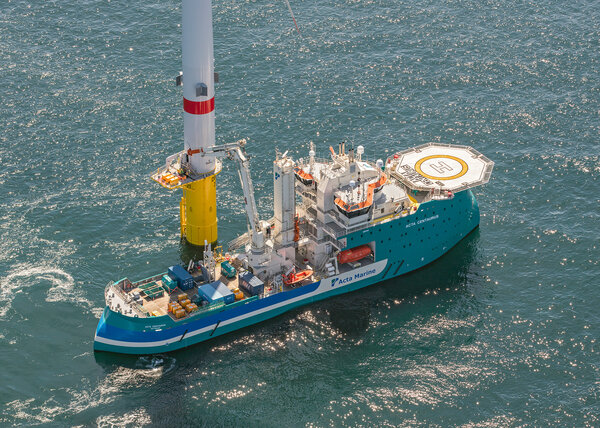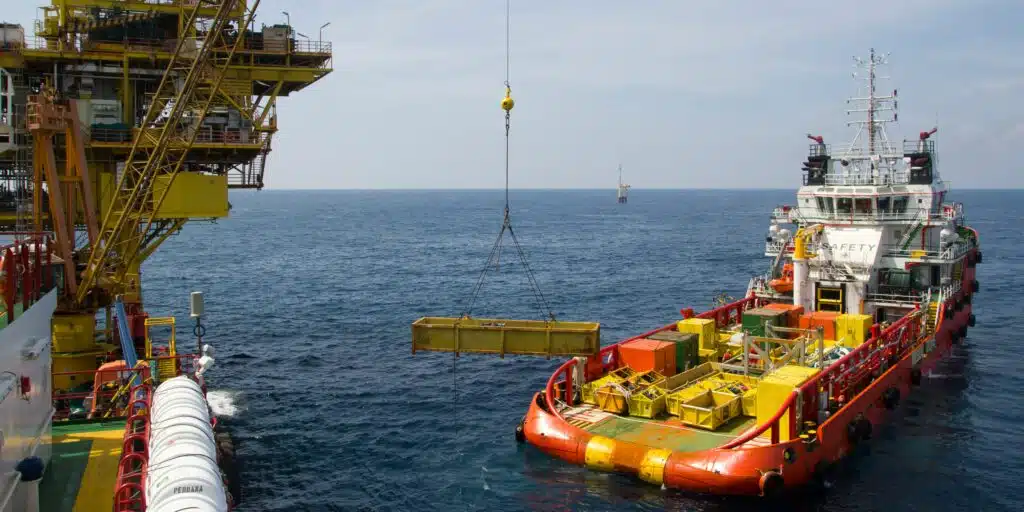



Weather forecasting is critical for SOV operations as it directly impacts vessel stability, personnel transfers, and overall safety. Accurate forecasting allows operators to plan maintenance schedules, optimize routes, and ensure safe working conditions for technicians. It helps in identifying suitable weather windows for critical operations and prevents unnecessary exposure to hazardous conditions, reducing operational risks and costs.
Advanced weather forecasting solutions provide SOV operators with precise data to optimize vessel scheduling and routing. This includes:
Several key weather factors significantly impact SOV operations:
The combination of these factors determines the operational feasibility and safety margins for SOV activities.
Advanced weather forecasting tools enhance operational safety in multiple ways:
These tools help operators maintain a higher safety margin by reducing uncertainty and providing the information needed to make informed decisions about when to proceed with operations and when to stand down.